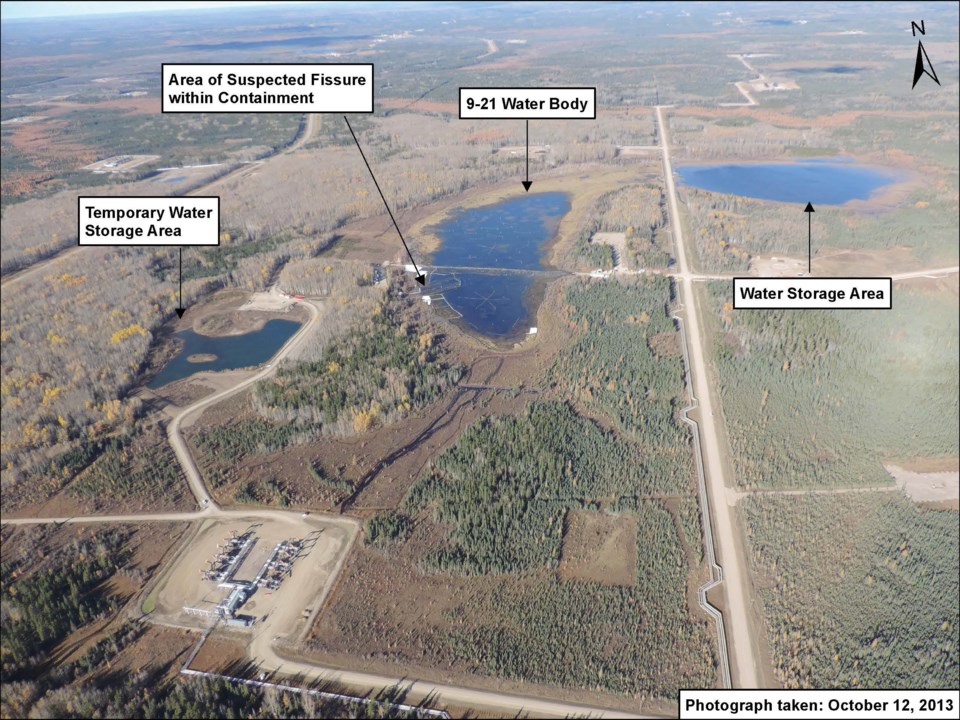CNRL has been issued an Enforcement Order by the Alberta Environment and Sustainable Resource Development (ESRD), which will require the company to determine the impact on subsurface groundwater and find the root of the cause of all four bitumen releases.
Four sites at CNRL's Primrose South location, about 45 kilometers northwest of Cold Lake, continue to seep bitumen emulsion to the surface. Since late May the sites have oozed out over 1.8 million litres of bitumen emulsion to the surface effecting vegetation and wildlife in the region.
According to the 15-page enforcement order, bitumen emulsion, which has been seeping to the surface on an ongoing basis for the past six months, "has entered local non-saline groundwater aquifers, likely contaminating the groundwater."
The order requires CNRL to implement groundwater-monitoring plans to investigation potential groundwater contamination as well as clean up and remediate three of the sites with bitumen release. The fourth site is covered under an Environmental Protection Order (EPO), which was issued to the company on Sept. 24.
"There is an expectation regardless of an enforcement order or not that the company clean up the spill," said Jessica Potter a communications officer with the ESRD. "At the same time we have the opportunity to use tools such as enforcement orders and protection orders to hasten certain activities and also order specific activities at the same time as authorizing that work to happen."
The EPO issued in September ordered the company to drain the lake in order to mitigate environmental damage.
"That protection order ordered them to drain the lake in order to do remediation work but by giving them that environmental protection order we also authorized them to drain that lake," said Potter. "Normally they would require a water act approval. So these enforcement orders both outline the expectation for the activity and also give them the authorization to do it."
The order also states that all information is to be shared with the Alberta Energy Regulator who is taking the lead role into investigating the cause into the bitumen releases.
"(CNRL's) efforts to date have focused on ensuring each surface location is secured, and that recovery and reclamation activities progress," wrote Zoe Addington, CNRL Public Affairs Advisor, in an email to the Nouvelle.
"We will comply with all aspects of the Order and we look forward to the opportunity to further our investigation in a timely manner. Canadian Natural will continue to make available any resources for investigation and clean-up and towards putting safeguards in place to ensure events such as these do not happen again."
To execute the order CNRL must initiate a drilling program. The work will be done during the winter months to minimize the environmental impact of the drilling activities.



